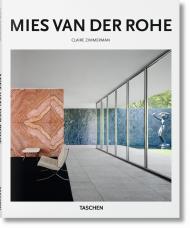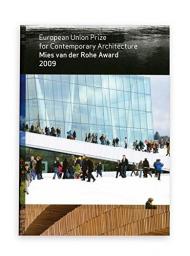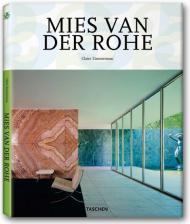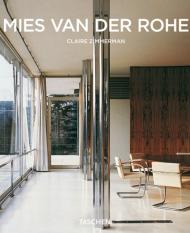Less is more. Finding perfection in purity
Famed for his motto less is more, Ludwig Mies van der Rohe (1886 1969) was one of the founding fathers of modern architecture and a hotly-debated tastemaker of twentieth-century aesthetics and urban experience.
Van der Rohe s philosophy was one of underlying truth in pure forms and proportions. With the help of contemporary technological and material developments, he sought a stripped-down purity to architecture, showcased by the likes of the Seagram Building and Farnsworth House. Some spoke out against this stark approach as the precursor to bland, generic cityscapes. Others cite van der Rohe as the ultimate master of an abidingly elegant essence.
This book presents more than 20 of van der Rohe s projects from the period 1906 1967 to introduce his groundbreaking practise and influence in both America and Europe.
About the series:
Each book in TASCHEN’s Basic Architecture series features:
- an introduction to the life and work of the architect
- the major works in chronological order
- information about the clients, architectural preconditions as well as construction problems and resolutions
- a list of all the selected works and a map indicating the locations of the best and most famous buildings
- approximately 120 illustrations (photographs, sketches, drafts, and plans)




